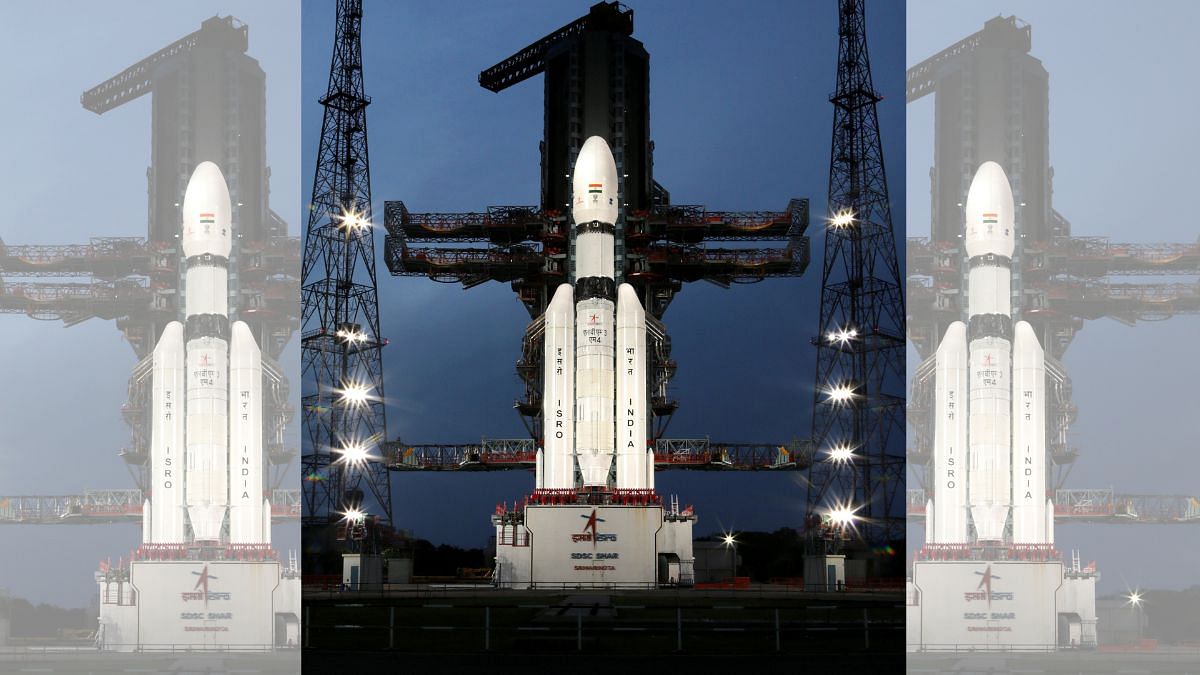New Delhi: Prime Minister Narendra Modi tweeted Friday that Chandrayaan-3 carried the “hopes and dreams” of the nation as India’s third lunar mission was poised to blast off from the country’s main spaceport Sriharikota in Andhra Pradesh Friday afternoon.
“14th July 2023 will always be etched in golden letters as far as India’s space sector is concerned. Chandrayaan-3, our third lunar mission will embark on its journey,” Modi tweeted from Paris, where he is on a two-day visit.
Modi elaborated that the key scientific outcomes from Chandrayaan-2 included the first-ever global map for lunar sodium, enhancing knowledge on crater size distribution, unambiguous detection of lunar surface water ice with IIRS instrument, and more. He added this mission had been featured in almost 50 publications.
Launched in July 2019, Chandrayaan-2 had, however, failed to soft-land the rover Vikram on the moon’s surface, which the present mission will try to achieve.
Tweeting best wishes to Chandrayaan-3, the Prime Minister urged the people to know more about this mission and “the strides India had made in the space sector, science and innovation”. “It will make you all very proud,” Modi said.
On Thursday, a group of scientists from the Indian Space Research Organisation (ISRO) offered prayers at Andhra Pradesh’s Tirupati Venkatachalapathy Temple with a miniature of the spacecraft.
ISRO Chairman S. Somanath was seen praying at the Sri Chengalamma Temple in Tirupati, where he told reporters: “Chandrayaan-3 will start its journey tomorrow. We are hoping that everything goes right and it lands on the moon on 23 August.”
A 43.5 metre LVM3 launch rocket – known as the “Bahubali” for its 100% success rate — will push the spacecraft into an elliptical Earth orbit before it moves towards the moon for a scheduled landing around 23 August.
If everything goes to plan, India will become only the fourth country in the world to soft-land a rover on the moon’s surface after the US, China, and former Soviet Russia.
Chandrayaan, which means “moon vehicle” in Sanskrit, includes a 2-meter tall lander designed to deploy the rover near the lunar south pole.
It is expected to remain functional for two weeks – which is how long the sun shines at a time in the area.
Also read: Built by India & US, a satellite that can ‘map all of Earth in 12 days’ — all about NISAR mission 2024

